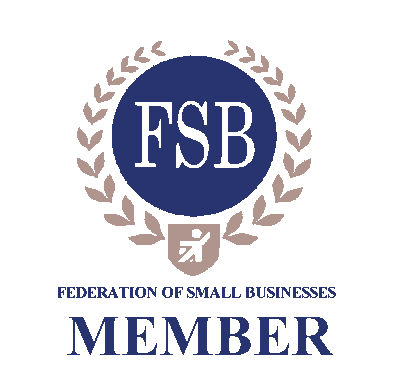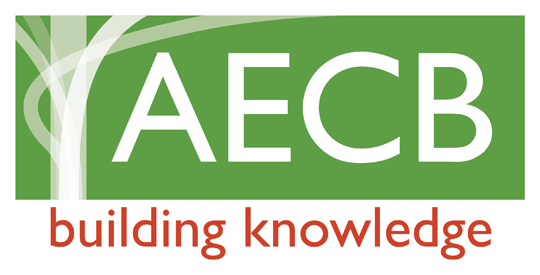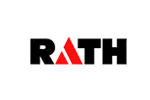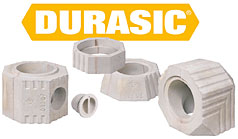Masonry Heaters
By masonry heaters we mean any individually designed and hand built heat appliance with system of masonry flue ways that stores heat in its mass and warms the living space by radiant heating for 12-24 hours after burning one batch of fuel. Masonry stoves usually consume between 10 and 25 kg of fuel per day in one intense burn. The heat produced is stored in the heater's mass and slowly released into the living space by means of radiant heat. The whole body of the stove is made out of heat resistant masonry materials with excellent thermal qualities - firebox and internal flues is made of specialized firebricks, and outer core, or facing is made either of bricks, stone, specialised stove tiles or refractory slabs which can the be rendered or plastered. Surface temperature ranges between 40 C (approx 100 F) in very heavy installations with 24 hours accumulation time to up to 80 C (approx 180 F) in lighter appliances with thinner walls and smaller accumulation time of 8-12 hours. The size of the stove, heat accumulation time and materials used are determined by the heat requirements of the living space, client's aesthetic and design preferences and mason's experience.
There are several types of masonry heaters: Contraflow heaters originally come from Scandinavian countries from where they spread to Baltic. They became also popular in America and Canada where they were popularized during 80s under the Finnish influence. Contraflow system has been also used in Swedish traditional tile stoves - Kakelugn. Bell heaters originate in Russia from where they spread in other European countries and also America and Canada where they became very popular over last five years. Unlike contraflow, bell heaters use a different system of internal flue ways called 'free gas movement' which allows for greater flexibility with the design and also allows for multi storey appliances. Kachelofen, or tile stoves originate in European Alps and are often used in German speaking countries as well as Eastern Europe both for heating and cooking. Stove tiles are either produced in factories or hand made by individual pottery specialists. Grundofen, similar to kachelofen, are European masonry stoves that follow traditional building techniques, but instead of stove tiles, other types of refractory materials with excellent thermal properties are used for stove facing. Masonry stoves can be also used in combination with some Fireplace inserts - these can be connected to a system of masonry flue ways to store heat and extend the heating time after the fire has gone out. Fireplace inserts, unlike masonry stoves however, have to be fed fuel periodically, typically every 1-2 hours to maintain required heat output. Some masonry stoves are also factory made as Modular kits - these are usually smaller, one room appliances with set size and shape.
To explore benefits of masonry heating see advantages










